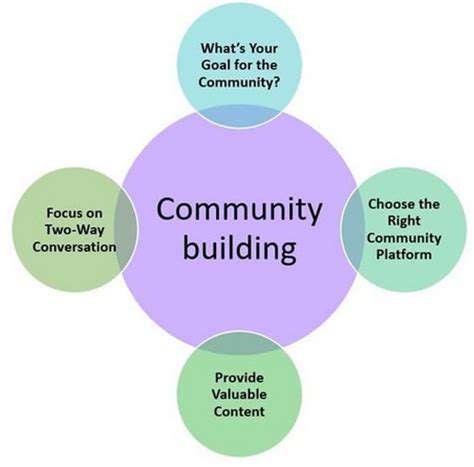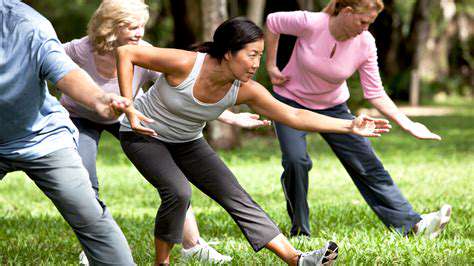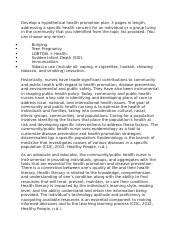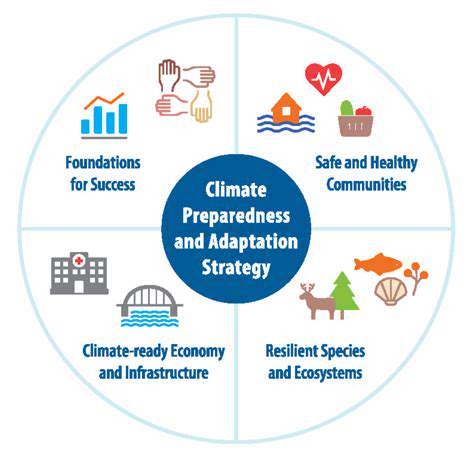Reducing Stress Through Senior Gardening
Understanding the Connection Between Gardening and Mental Well-being
Gardening, particularly for seniors, offers a powerful avenue for stress reduction and improved mental well-being. The act of nurturing plants, tending to the soil, and observing the growth process can be incredibly therapeutic. This connection is deeply rooted in our primal instincts, drawing us back to a sense of purpose and accomplishment. The rhythmic motions involved, from digging and planting to watering and weeding, can create a calming effect, distracting the mind from stressful thoughts and anxieties. This engagement with nature fosters a sense of tranquility and connection to the natural world, which is increasingly important in today's fast-paced society.
The Physical Benefits of Gardening for Seniors
Beyond the mental benefits, gardening offers significant physical advantages for seniors. Activities like digging, planting, and weeding provide gentle exercise, promoting better balance and flexibility. The controlled movements involved in gardening can help to improve motor skills and coordination, which are often important for maintaining independence and preventing falls. Furthermore, the exposure to fresh air and sunlight during gardening sessions can contribute to improved vitamin D levels, boosting overall physical health and well-being. The physical engagement also helps maintain muscle strength and joint mobility, crucial for seniors to stay active and independent.
Gardening as a Social Outlet for Seniors
Gardening can be more than just an individual pursuit; it can also foster social connections. Community gardens, senior centers with gardening programs, or simply sharing gardening tips with neighbors can create opportunities for social interaction and a sense of belonging. The shared experience of nurturing plants and witnessing their growth can be a source of joy and connection for seniors, combating feelings of isolation and loneliness. These social interactions provide valuable opportunities for seniors to engage with others, fostering a sense of community and purpose.
Creating a Therapeutic Garden Space
Designing a therapeutic garden space for seniors involves considering their specific needs and abilities. Accessibility is key, ensuring pathways are wide enough and plants are easily reachable. The layout of the garden should be conducive to movement and engagement. Incorporating comfortable seating areas allows seniors to relax and enjoy the garden without undue exertion. Plants with different textures, colors, and fragrances can contribute to a sensory-rich experience. The addition of fragrant flowers and herbs can evoke a calming and pleasant atmosphere, enhancing the overall therapeutic benefits.
Practical Tips for Seniors Starting a Garden
For seniors considering starting a garden, it's important to start small and gradually increase the scope of the project. Start with a manageable area and select easy-to-grow plants. Consider using raised beds or containers to make gardening more accessible and less physically demanding. If mobility is an issue, prioritize plants that require minimal bending or reaching. Seek assistance from family members, friends, or local gardening groups. These resources can provide support and guidance throughout the gardening process, ensuring a positive and successful experience.
Mental Stimulation and Cognitive Benefits
Gardening as a Cognitive Exercise
Engaging in senior gardening activities provides a unique opportunity for mental stimulation. The act of planning a garden layout, selecting seeds or plants, and nurturing their growth requires focused attention and problem-solving skills. This process can be a powerful tool in maintaining cognitive function and potentially reducing the risk of age-related cognitive decline. Careful observation of plant growth patterns, soil conditions, and weather variations encourages active learning and sharpens observational abilities.
The hands-on nature of gardening, from digging and planting to weeding and harvesting, provides a physical and mental workout. These physical movements stimulate blood flow to the brain, which is crucial for cognitive health. The act of creating something beautiful and productive through your own effort can foster a sense of accomplishment and purpose, which are both linked to improved mental well-being.
Memory Enhancement Through Sensory Engagement
Gardening offers a multi-sensory experience that can significantly boost memory. The vibrant colors of flowers, the textures of different plants, and the scents of blossoms and herbs engage multiple senses, creating lasting memories. Remembering which plants need more sunlight, which ones thrive in shade, and the specific watering needs of each variety requires active recall, strengthening memory function.
The process of remembering past gardening experiences, such as the challenges faced when starting a new garden or the satisfaction of a successful harvest, reinforces memory pathways. These vivid memories, connected to sensory experiences, can be a powerful tool for cognitive rejuvenation and mental engagement.
Problem-Solving and Decision-Making in the Garden
Gardening presents a series of small problems that need to be solved on a daily or weekly basis. Determining the best time to water plants, addressing pest infestations, and selecting appropriate fertilizer types all demand problem-solving skills. These everyday challenges in the garden provide valuable opportunities to apply critical thinking and develop efficient solutions. Over time, this process strengthens decision-making abilities and enhances cognitive flexibility.
The process of planning a garden layout, choosing plants suited to the environment, and anticipating potential challenges requires thoughtful consideration and strategic decision-making. This active engagement in planning and problem-solving can improve cognitive function and enhance mental clarity, which can be particularly beneficial for seniors as they age.
Focus and Attention in the Growing Process
Nurturing a garden demands sustained focus and attention. Observing the delicate growth of seedlings, monitoring the health of mature plants, and addressing any signs of disease or stress requires consistent attention to detail. This focused attention, required throughout the growing season, can help maintain and even enhance cognitive function by keeping the mind engaged and alert.
The act of tending to a garden, with its constant cycle of tasks and observations, can be a powerful tool for improving focus and attention span. This consistent mental engagement can help combat the effects of age-related cognitive decline and promote overall mental wellness. The structured nature of gardening provides a routine and a clear purpose that can be highly beneficial to maintaining a strong sense of focus.
Social Connection and Community Building

Building Strong Bonds
Social connections are fundamental to human well-being. Developing strong social bonds within a community fosters a sense of belonging and support, which is crucial for navigating life's challenges and celebrating its triumphs. Meaningful interactions with others provide a buffer against stress, improve mental health, and contribute to a higher quality of life. Engaging in activities that promote social interaction, like volunteering or joining clubs, can significantly strengthen these connections. These bonds extend beyond immediate circles, creating a supportive network that provides assistance and encouragement during difficult times.
Furthermore, fostering social connections within a community can lead to a more vibrant and engaged environment. People who feel connected are more likely to participate in community activities, contribute their skills and talents, and actively work towards common goals. This collective effort can lead to positive social change and improve the overall quality of life for everyone involved. The sense of shared identity and purpose generated by strong social bonds creates a stronger and more resilient community.
The Impact of Community on Well-being
Strong communities provide individuals with a sense of belonging and security, which are vital for overall well-being. A supportive community reduces feelings of isolation and loneliness, promoting a positive and encouraging atmosphere. This environment fosters resilience, allowing individuals to cope effectively with life's challenges. The presence of a supportive network can significantly improve mental health and emotional stability, making a community a crucial aspect of a healthy life.
Community involvement can also lead to a greater sense of purpose and fulfillment. When individuals feel connected to others and actively contribute to the betterment of their community, they experience a sense of accomplishment and pride. This sense of purpose can positively influence various aspects of life, boosting motivation and overall satisfaction. Participating in community projects, engaging in local events, and simply getting to know neighbors can all contribute to a richer and more fulfilling life.
Communities that nurture social connections often see a decrease in crime rates and an increase in civic engagement. This creates a safer and more vibrant environment for everyone. These benefits extend beyond the individual, impacting the entire community's health and prosperity.
Strong communities provide a robust support system for individuals, enabling them to thrive and contribute meaningfully to society. This creates a positive feedback loop where strong social connections translate into a stronger and healthier community for all.












